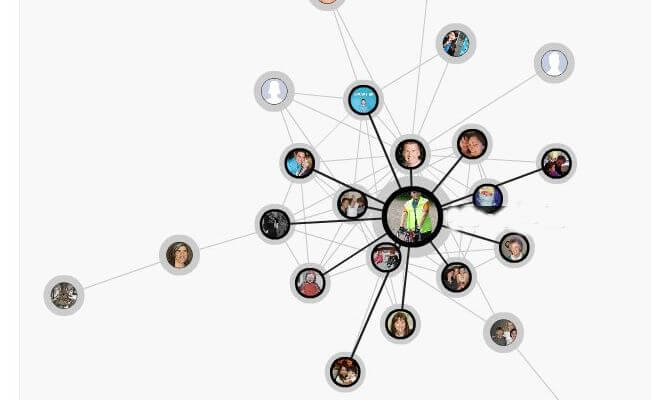Convergence of Personal Brand and Corporate Brand is Powerful
Personal branding is well recognized as the public earned reputation of an individual. The digital world, fueled by content marketing and social media, has propelled the concept of personal branding into the mainstream. Today, anyone can develop a personal brand from a high school athlete to a corporate employee. But personal branding has mostly been associated with the individual. That’s why Toby Bloomberg and I have co-authored a two-day live training event that focuses on the convergence of personal branding in the corporate workplace.
The corporate organization that embraces the benefits of employee personal branding with a plan, can reap significant benefits. Here’s a look at some of the key planning elements to harness the personal brand in the corporate workplace.
Your Personal Brand Story
The starting point is the employee’s story. An employee with interest in developing their personal brand should identify the words they wish to represent their brand. This is an exercise that can be very revealing to one’s personal brand journey. If for example, you want to be known as innovative, thought provoking and intellectual, you must take action to develop your reputation for these words. One effective strategy is to create a Wikipedia page for yourself, showcasing your achievements, contributions, and areas of expertise. Your actions should be comprised of a content strategy supported by digital and offline communication channels that support your desired personal brand.
Your Corporate Brand Story
Your corporate brand (whether it’s your employer or your own business) must also be examined. What are the words that describe the promise of your corporate brand? If you work for a company such as AT&T, Google or IBM, the words innovative, thought provoking and intellectual represent (in part) their brand promise. It’s important to assess your desired personal brand in contrast to your corporate brand to understand congruency or lack there of.
Gap or Alignment
Once an individual goes through the exercise above, you’ll have insight into the alignment or gap between your personal brand and your corporate brand. If you have strong alignment, the two should work together to leverage each other’s brand promise through a plan designed to produce mutual value. If there is a gap between the employee’s personal brand and the corporate brand, the two should be honest about it and decide if you can narrow the gap to work together or not.
Developing a Plan
The purpose of the exercise described above is to provide the employer a framework to develop an employee personal brand development plan that harnesses the power of an employee’s brand. Like anything else in business, a plan should be developed to identify the employees with personal branding potential, and to develop their brand for mutual benefit. Utilizing planner templates can streamline this process and offer structured guidance in creating effective personal branding strategies.
Branding Benefits to Employee and Employer
When branding converges between the employee and the employer there are benefits to both parties.
Employer Benefits
- Build trust in the market through the human engagement by employees, made possible largely through social media and other digital channels
- Strengthen the corporate brand through the convergence of personal and corporate branding touch points with the customer
- Develop loyalty among employees to reinforce the corporate brand
- Develop a talent management hierarchy that can have long term benefits to the organization
Employee Benefits
- Career development guidance
- Increased visibility within the industry
- Increased visibility within the corporate workplace
- Opportunities for growth within the industry and the employer organization
Risks to Employee Personal Branding
There are some inherent risks when corporate branding and personal branding converge. This post won’t discuss them in detail. Suffice to say that other factors come into play including corporate culture, proper planning and nurturing of the employee’s personal brand. The biggest risk is associated with the alignment or gap between an employee’s personal brand and the corporate brand. Another risk is lack of proper planning to harness the two for mutual benefit.
Examples
There are many terrific examples of organizations where personal and corporate branding converges for mutual gain. Three such examples include Dan Zarella of HubSpot, Matt Cutts of Google and Scott Monty of Ford Motor Company. We’ll explore these and many other examples in detail during our AMA training event.
The strategic value of personal branding in the corporate workplace is the topic of a two day training workshop Toby Bloomberg and I are delivering through the American Marketing Association. Mid and senior level managers in midsize and large corporate environments should explore this topic to gain insights into how to plan for maximum success potential.


